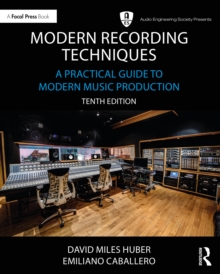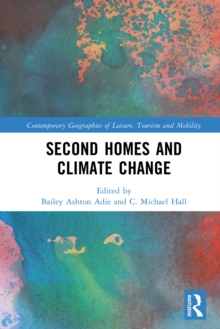
Carbohydrate Analysis : High Performance Liquid Chromatography and Capillary Electrophoresis PDF
Edited by Z. El Rassi
Part of the ISSN series
Description
Carbohydrates and glycoconjugates play an important role in several life processes. The wide variety of carbohydrate species and their inherent polydispersity and heterogeneity require separation techniques of high resolving power and high selectivity such as high performance liquid chromatography (HPLC) and capillary electrophoresis (HPCE). In the last decade HPLC, and recently HPCE methods have been developed for the high resolution and reproducible quantitation of carbohydrates. Despite the importance of these two column separation technologies in the area of carbohydrates, no previous book describes specialized methods for the separation, purification and detection of carbohydrates and glycoconjugates by HPLC and HPCE.
Therefore, the objective of the present book is to provide a comprehensive review of carbohydrate analysis by HPLC and HPCE by covering analytical and preparative separation techniques for all classes of carbohydrates including mono- and disaccharides; linear and cyclic oligosaccharides; branched heterooligosaccharides (e.g., glycans, plant-derived oligosaccharides); glycoconjugates (e.g., glycolipids, glycoproteins); carbohydrates in food and beverage; compositional carbohydrates of polysaccharides; carbohydrates in biomass degradation; etc.
The book will be of interest to a wide audience, including analytical chemists and biochemists, carbohydrate, glycoprotein and glycolipid chemists, molecular biologists, biotechnologists, etc. It will also be a useful reference work for both the experienced analyst and the newcomer as well as for users of HPLC and HPCE, graduates and postdoctoral students.
Information
-
Download - Immediately Available
- Format:PDF
- Pages:665 pages
- Publisher:Elsevier Science
- Publication Date:11/11/1994
- Category:
- ISBN:9780080858661
Information
-
Download - Immediately Available
- Format:PDF
- Pages:665 pages
- Publisher:Elsevier Science
- Publication Date:11/11/1994
- Category:
- ISBN:9780080858661










